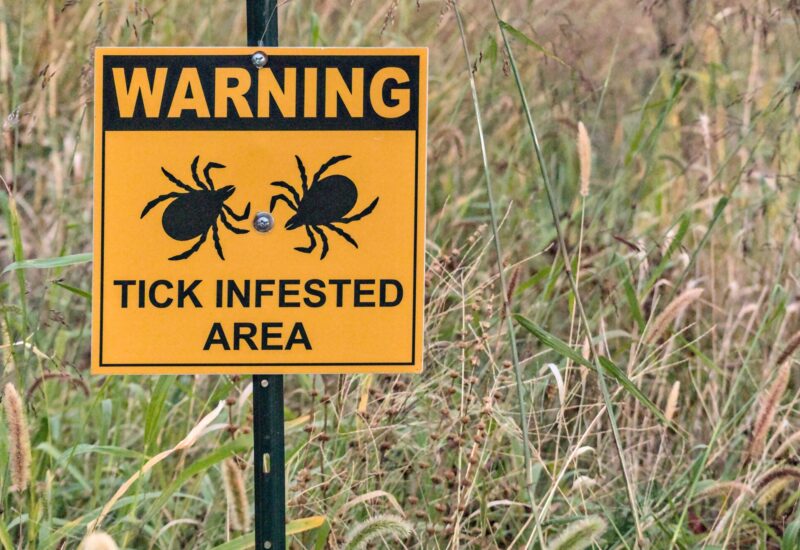This Month’s Bug: The “June Bug”

Can you believe June is already? This is the perfect time for us to talk about a certain pesky bug – the “June bug.”
With many names, often referred as May beetles or June beetles, June bugs are seen in the spring and summer. The common “June bug” title is actually given to more than 260 species of scarab beetles genus Phyllophaga with similar traits and behaviors.

June Bug Facts
June bugs have a one-year life cycle. Females lay their eggs mid summer, and larva hatch into grubs about 18 days later. The grubs molt twice during the winter months and and third larval stage lasts nearly nine months, before adults appear in the late spring.
They can be anywhere from 0.5 inches to 1.5 inches long and are typically black or brown. They are most active at night and are drawn to your light sources.
June Bug Damage?
The good news: they are harmless to people and pets. June bugs don’t bite, sting, or spread disease.
The bad news: adult June bugs feed on trees and shrubs, and can cause quite a bit of damage to your landscaping. Even more harmful are the grubs, who live underground and feed on your plant roots, harming plants.
So What Can You Do?
If you’re already seeing adult June bugs, it’s likely too late to do anything very helpful. Preventative measures can be taken to eliminate larvae and the presence of adult June bugs for the next season, but using products to eliminate adult June bugs can cause even more damage to your plants and lawn. Treating your lawn in the fall is the best approach since this is the time the female begins laying her eggs.

You can try to introduce predators like birds and toads as a natural way of dealing with them. Make sure you have low sodium lights since June bugs are active at night and they are attracted to lights.
As part of our Platinum Program we perform a preventive treatment to the exterior of the home that creates a barrier that addresses crawling insects. This along with changes to exterior lighting will assist in keeping encounters to a minimum.
What else can you expect to see in June?
Bees and the rest of the busy pollinators will be out.
Photo via Jason Altenburg






